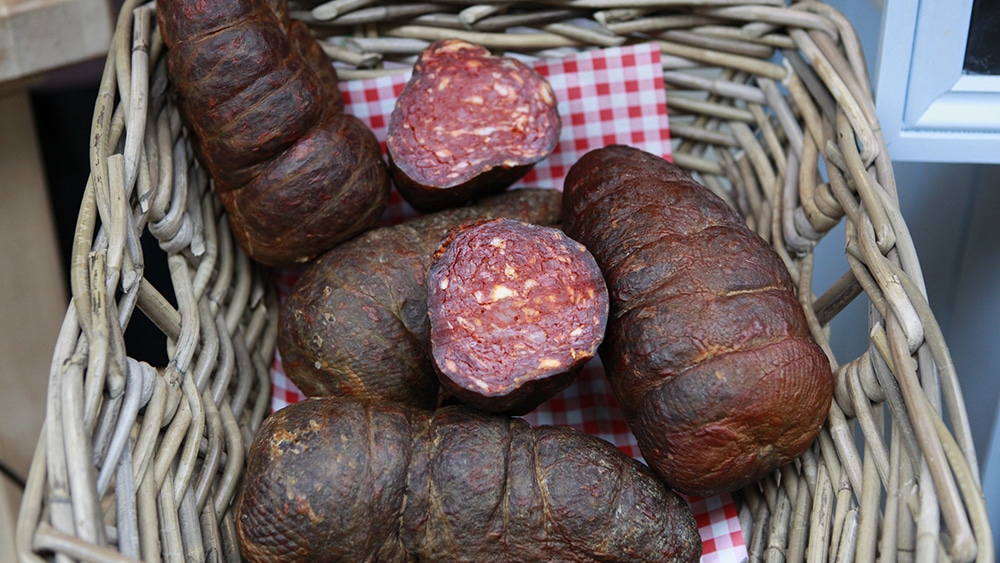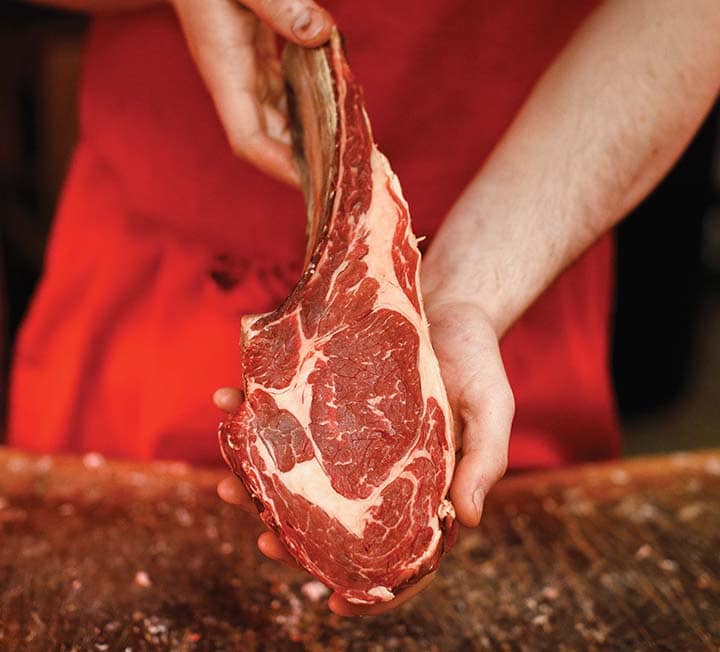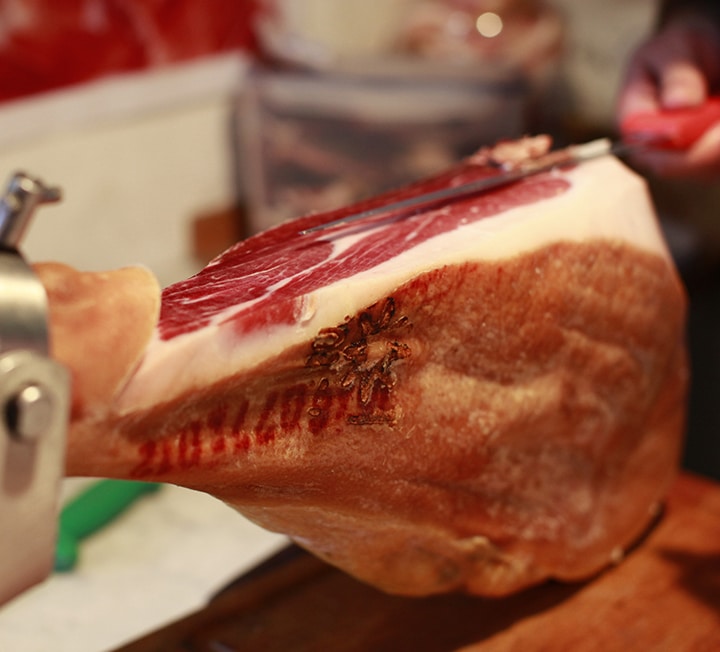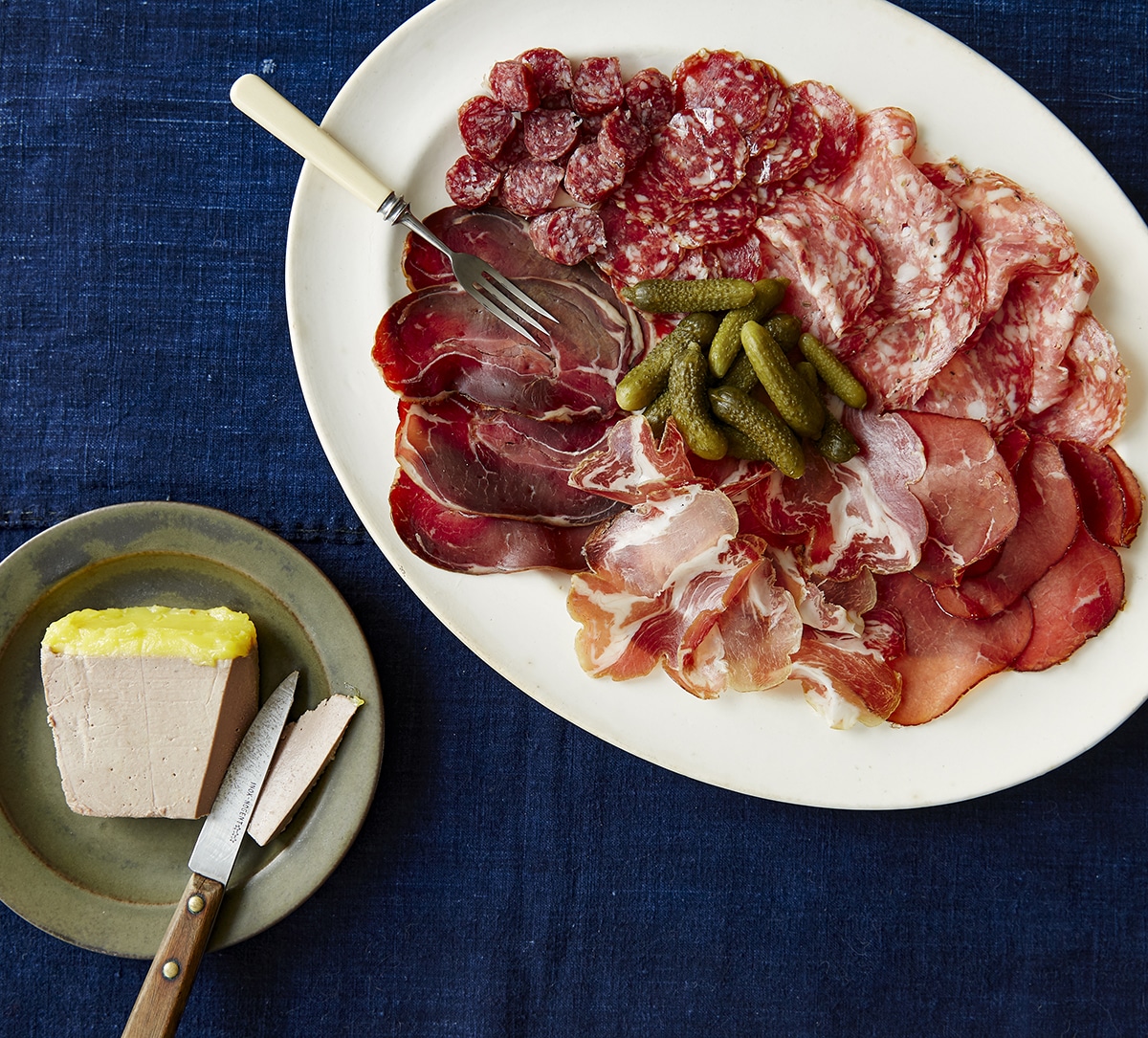Cut & dried: Croatian cured meats
Ed Smith takes a look at a country whose cured meats might not be as well-known as those of Italy, Spain and France, but should be: Croatia


“NEXT TIME YOU ENTER TASTE CROATIA, LOOK UP – THERE’S OFTEN A WHOLE PRSUT HANGING FROM THE CEILING”
Through this series we’ve discussed cured meats in general, Italian regional variations at length, and the two other giants of European curing – Spain and France – in detail too. Hopefully I’ve added context to what you already knew and loved, and the articles provided some encouragement to try a few slices of something new next time you walk around the Market (the rolled pancetta at Bianca Mora is looking particularly fine (and fatty) at the moment…).
While those three regions are the places most Brits think about when it comes to cured meats, there’s more to it than salumi, charcuterie and charcuteria.
Germany and Scandinavia in particular have fine traditions of curing – often with a smoky edge, most likely because their climate necessitated that element more than the natural curing chambers provided by the caves of Emilia-Romagna and the Iberian Peninsula. At the Market, another region is also represented: Croatia.
Croatian cuisine is varied and regional. To knowingly over-simplify things: food in coastal areas take a distinctly Italian and Mediterranean turn, with olive oil, rosemary, sage, bay leaf, figs and truffles; further inland, the influence of Hungarian and Turkish cuisine is clear, so think paprika, black pepper and lard for cooking (rather than olive oil). One thing is consistent, though: traditional cured meats.
Pršut
Next time you enter Taste Croatia, look up – there’s often a whole pršut hanging from the ceiling. Pršut is the dried rear leg of a pig so, basically (but not specifically), the same thing as prosciutto or serrano ham.
I am told that you will find pršut across Croatia, though the two areas that this meat tends to be produced are Istria and Dalmatia. These are coastal regions that benefit from climatic conditions which are favourable to curing and air-drying pig’s legs, with both steady winds from the Adriatic and dry winds from coastal mountains.
Dalmation pršut is lightly smoked for flavour, but otherwise simply salted, and often matured for a couple of years. Istrian pršut is unsmoked, but (unusually for this style of meat) skinned before the curing process begins and seasoned with pepper, bay leaves and garlic, and aged for a year.
Kulen
Kulen is like a very meaty, slightly crumbly chorizo seasoned with paprika, garlic and white pepper. We need to head east and inland to understand it and, again, there are a couple of different varieties.
Both are oval shaped and large, often up to 10cm in diameter, on account of the fact the sausage meat is stuffed into a pig’s intestine. But kulen from Baranja, the Croatian-Hungarian border region, is smoky and spicy and paprika-heavy; kulen from Slavonia, on the other hand, includes already-cured bacon among the pork mince, and less paprika.
Wild boar, venison and salami
Other meats exist beyond the stars of kulen and pršut. As with the other regions we’ve discussed, premium products and styles develop over time, but the prime reason for curing was always to preserve the meat of an animal for as long as possible, so every bit would have been used.
As one might expect, small salami-style sausages are prevalent. At Taste Croatia you can find salamis from Istria featuring Istrian black truffles, and also plainer ones using wild boar. The flavours and styles that differentiate regional salamis are so often based on meats or seasonings local to the sausage makers, and it’s no different here.
Istrian artisans have also turned their hands to curing wild venison and boar in a prosciutto-style for slicing – each really worth sampling.


